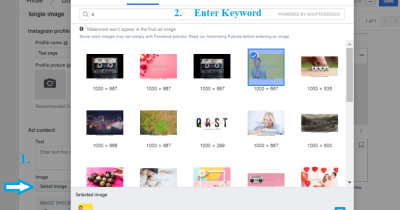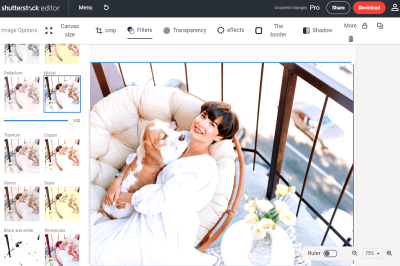If you’re a photographer or a creative looking to make some extra income, you’ve probably come across Shutterstock. It’s one of the biggest platforms out there for stock images, videos, and illustrations. But how does it actually make money, and how do contributors fit into that picture? Basically, Shutterstock acts as a middleman: they connect talented photographers with millions of people around the world who need images for websites, marketing, or personal projects. Their business model is built around licensing content—selling the rights to use images—and sharing the revenue with contributors. It’s a win-win situation:
Ways Shutterstock Pays Contributors for Their Photos
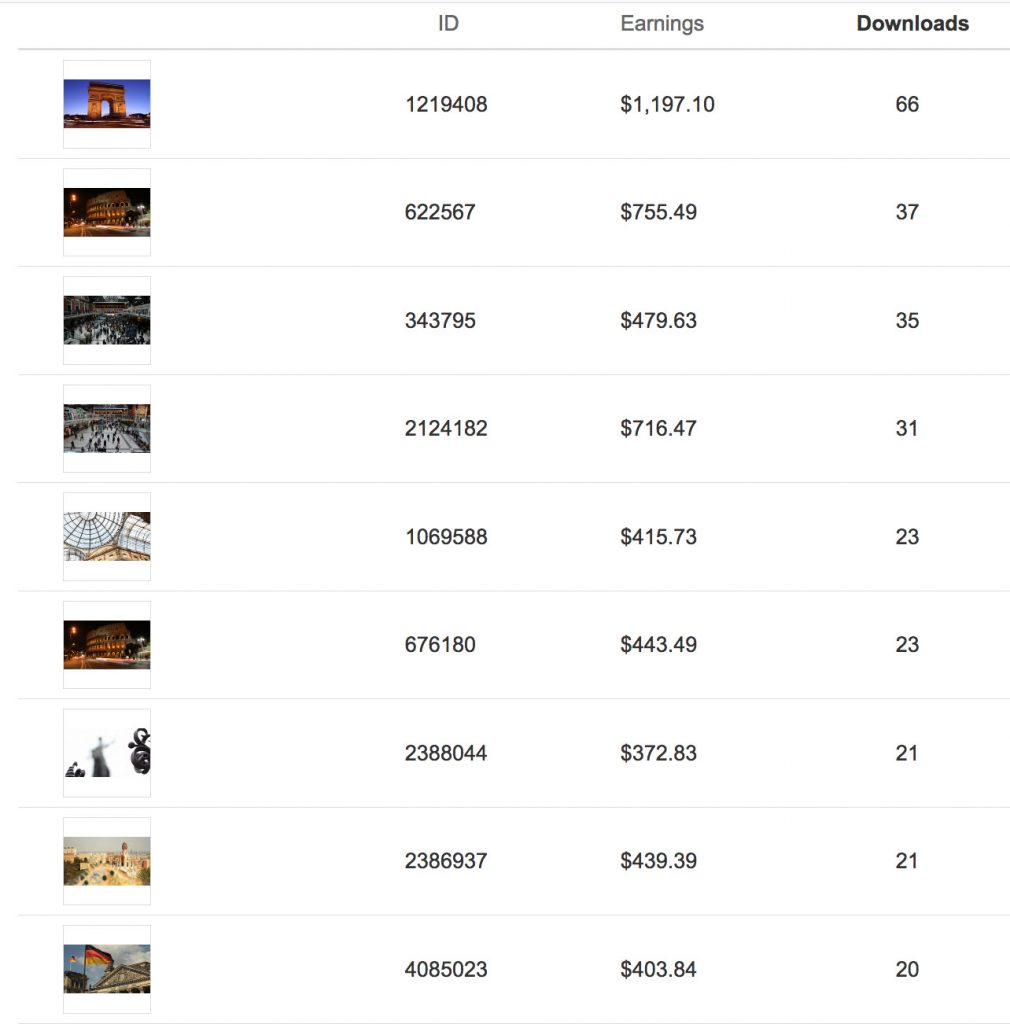
When it comes to paying contributors, Shutterstock offers a straightforward system that rewards you based on your contribution’s performance and your contributor level. Here’s a quick breakdown of how it works:
- Royalty Rates: Shutterstock pays contributors a percentage of the sale price each time your photo is downloaded. The exact percentage depends on your contributor level and the type of license purchased (standard or enhanced). Typically, royalty rates range from 15% to 40%.
- Subscription vs. On-Demand Sales: Shutterstock offers both subscription plans and individual image purchases. Royalties differ slightly depending on which type of sale occurs, with subscription downloads generally paying a lower rate but potentially earning you more volume.
- Contributor Levels: Your earnings can increase as you submit more high-quality images and earn more royalties. Shutterstock has a tiered system—starting from Standard and moving up to Premier. Higher levels unlock higher royalty percentages, motivating contributors to produce more top-tier content.
- Payment Thresholds and Methods: You can request a payout once your earnings reach a minimum threshold, usually $35. Shutterstock offers various payout options, including PayPal, Payoneer, or bank transfer, making it easy to receive your earnings.
Additionally, Shutterstock sometimes runs special programs or bonuses for top contributors, giving you extra opportunities to earn. Overall, it’s designed to be transparent and rewarding for those who consistently upload quality content. Just keep in mind that building your portfolio and maintaining high standards can help maximize your earnings over time.
How Shutterstock Generates Revenue from Customer Downloads
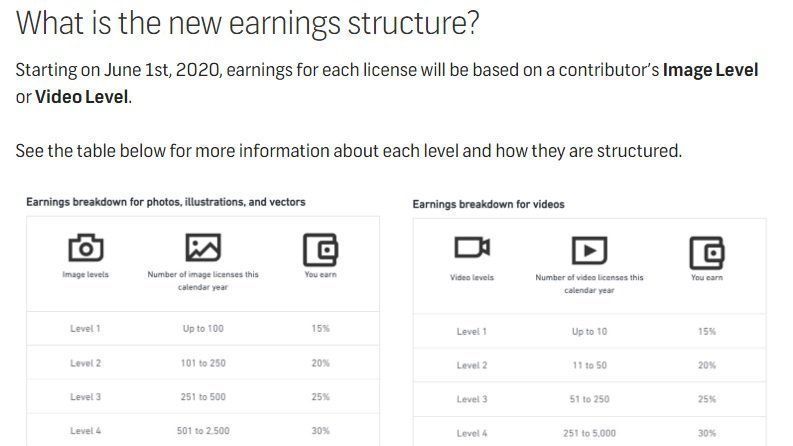
So, you’ve uploaded some fantastic photos to Shutterstock, and you’re curious about how the platform actually makes money from customers downloading those images. Well, Shutterstock operates on a pretty straightforward model that benefits both the company and contributing photographers like you.
When a customer, whether it’s a designer, marketer, or individual, finds and decides to download an image, they don’t pay a flat fee. Instead, Shutterstock uses a credit-based system or a subscription plan. Here’s how it works:
- Subscription Plans: Customers pay a fixed monthly or annual fee that grants them a set number of downloads. The more they subscribe, the lower the cost per image.
- On-Demand Credits: For users who prefer not to commit to a subscription, Shutterstock offers the option to buy credits. Each credit can be used to download images, with higher-resolution or exclusive images typically costing more credits.
Once the customer completes their purchase, Shutterstock earns revenue from these downloads. The platform then takes a cut, which is split with the contributing photographer based on the licensing agreements, your royalty rate, and the type of license issued.
It’s worth noting that Shutterstock’s revenue model is designed to encourage more downloads. They often promote popular images or offer discounts, enticing customers to buy more credits or subscribe longer-term. This, in turn, increases the total revenue pool that gets shared with photographers.
Another key aspect is that Shutterstock invests heavily in marketing and platform improvements to attract more customers. The more users they bring in, the more downloads happen, and the more revenue is generated. As a contributor, this growth in customer base directly benefits your earning potential since your images are being viewed and downloaded more often.
Factors That Influence Earnings for Photographers on Shutterstock
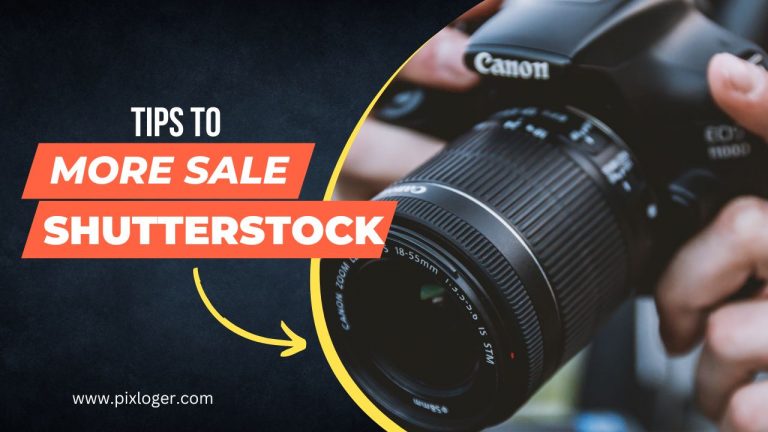
If you’re looking to maximize your earnings on Shutterstock, it’s helpful to understand what factors can influence how much you make. While the platform provides a steady way to earn passive income from your photos, certain elements can boost or limit your earnings.
Here are some key factors to keep in mind:
1. Image Quality and Relevance
High-quality, crisp, and well-composed images tend to perform better. Shutterstock’s algorithms also favor images that are relevant to popular search queries, so using appropriate keywords and tags can significantly increase your images’ visibility.
2. Licensing Type
Shutterstock offers different licensing options:
- Standard License: Typically used for personal projects or small commercial uses.
- Enhanced License: Allows for broader usage, such as in large-scale advertising or products for resale.
Your earnings per download vary depending on the license type. Generally, enhanced licenses generate higher royalties.
3. Contributor Level and Portfolio Size
Shutterstock has a contributor ranking system. Contributors with higher levels, gained through consistent quality uploads and sales, often earn higher royalties per download. Building a diverse and extensive portfolio can also improve your chances of getting more downloads.
4. Keyword Optimization
Using accurate, descriptive, and relevant keywords helps your images show up in search results. The better your keywords match what customers are searching for, the more likely your images are to be downloaded.
5. Market Trends and Seasonal Demand
Some images perform better during certain times of the year—think holiday-themed photos or trending topics. Keeping an eye on current trends and uploading timely content can boost your earnings.
In summary, your earnings on Shutterstock are influenced by the quality of your images, how well you optimize them for search, the licensing types, and current market demand. By understanding and working on these factors, you can enhance your potential to earn more from your photography efforts.
Tips to Maximize Your Earnings as a Shutterstock Contributor
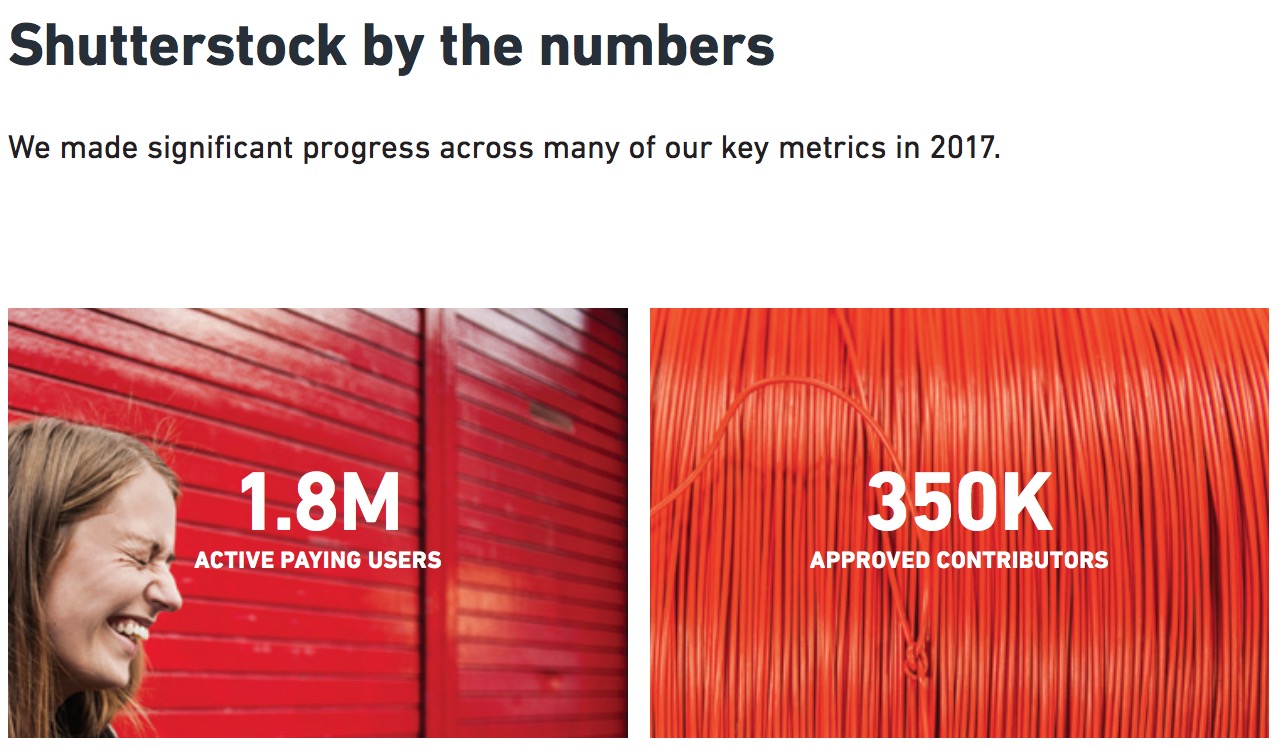
So, you’re excited about sharing your photos on Shutterstock and want to make the most out of your contributions? Great! While Shutterstock’s revenue model is straightforward, there are definitely some smart strategies you can use to boost your earnings and stand out from the crowd.
First off, quality over quantity is key. Make sure your photos are sharp, well-lit, and properly composed. High-quality images tend to get more downloads and are favored in search results. Invest some time in editing your photos to enhance colors, remove distracting elements, and ensure they look professional.
Next, focus on trending topics and popular categories. Keep an eye on current events, seasonal themes, and evergreen niches like business, technology, or lifestyle. Using relevant and popular keywords helps your images appear in more searches, increasing your chances of earning.
Speaking of keywords, don’t underestimate their power. Use descriptive, accurate, and diverse keywords for each photo. Think about what a buyer might search for—be specific but also include broader terms. For example, instead of just “beach,” try “sunset over tropical beach with palm trees.” Proper keywording can significantly impact your visibility.
Another tip is to upload consistently. Shutterstock favors active contributors who regularly add new content. This not only keeps your portfolio fresh but also signals to the platform that you’re committed. Over time, this can lead to higher earnings and better ranking in search results.
Moreover, pay attention to your portfolio’s organization. Group similar images into collections or sets. This makes it easier for buyers to find multiple related images at once, potentially increasing your sales.
Finally, stay informed about Shutterstock’s trends and guidelines. Participate in contributor forums, read their updates, and learn from successful photographers. Sometimes, small adjustments—like improving metadata or choosing different image sizes—can make a big difference in your earnings.
Remember, earning on Shutterstock isn’t just about uploading great photos; it’s about strategic presentation, understanding the market, and staying consistent. With these tips, you’ll be well on your way to maximizing your income!
Conclusion and Final Thoughts on Shutterstock’s Revenue Model
Wrapping up, Shutterstock’s revenue model is built around creating a mutually beneficial environment: contributors supply high-quality images, and Shutterstock offers a platform for buyers worldwide to access a vast library of visual content. The contributor’s earnings are directly tied to the number of downloads their images receive, which in turn depends on factors like image quality, relevance, and market demand.
One of the interesting aspects of Shutterstock’s model is its tiered royalty system. As you upload more images and gain trust as a contributor, your earning percentage can improve. Plus, their subscription and on-demand plans generate steady revenue streams that help fund the platform and, by extension, your potential earnings.
What makes Shutterstock’s approach appealing is its transparency and flexibility. You can set your own goals—whether you aim for occasional side income or a more substantial revenue stream—and adapt your strategy accordingly. The platform rewards consistency, quality, and understanding market trends, which can lead to sustained growth over time.
Ultimately, Shutterstock’s revenue model emphasizes a partnership between the platform and its contributors. By providing a user-friendly interface, a massive global audience, and fair royalty structures, Shutterstock makes it possible for photographers and artists to monetize their work effectively. The key is to stay engaged, keep learning, and adapt to the evolving needs of the marketplace.
So, if you’re considering becoming a contributor, remember that success on Shutterstock comes from a combination of quality content, strategic keywording, regular uploads, and understanding the platform’s dynamics. With dedication and a bit of patience, you can turn your passion for photography into a rewarding income stream. Happy shooting!

